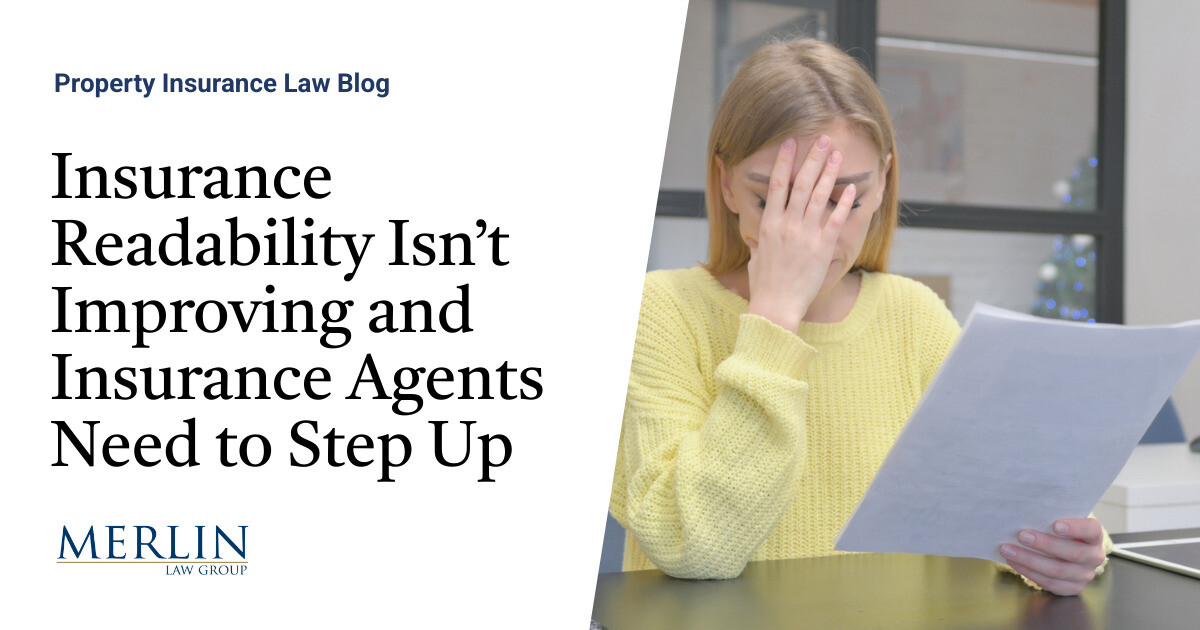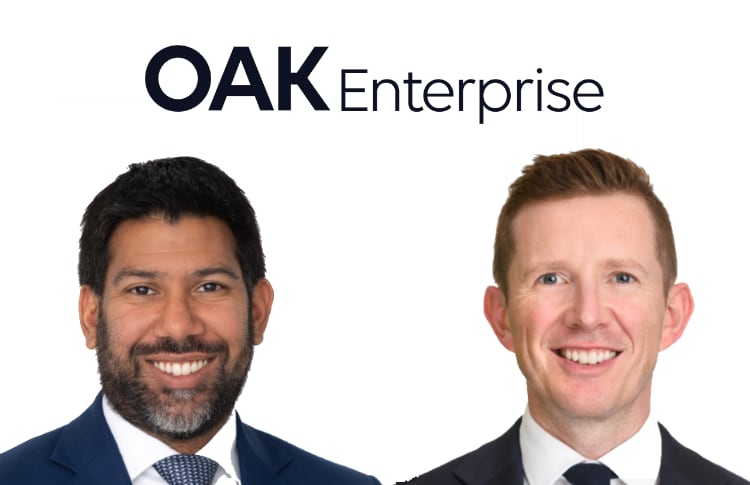
In light of the recent Los Angeles wildfires, catastrophe bond fund manager Icosa Investments has called for the re/insurance industry to move beyond the categories of “peak” and “secondary” perils, warning of implications for cat bonds and investors amid rising losses from these types of events.Currently, insurance industry loss estimates for the Southern California wildfires range between $30 billion to as much as $50 billion, which at the top end would make it the third most expensive natural catastrophe event for the industry in history, second to Hurricanes Ian ($61bn) and Katrina ($82bn).In fact, according to Icosa Investments, even at the low end of the range, it would be the tenth costliest nat cat event for re/insurers, slightly above the $29 billion from the Northridge earthquake in 1992.It’s important to stress that excluding the LA wildfires, eight of the top 10 most expensive nat cat insured loss events are hurricanes, with the other two being earthquakes, the aforementioned Northridge event and the 2011 Tohoku quake, which drove industry losses of $49 billion.
All of the figures above for historical nat cat events are from Icosa as of February 6th, 2025, and are inflation-adjusted using a 3.5% average annual inflation rate.In the insurance and reinsurance industry, perils have, for many years, been split into “peak” and “secondary” perils.The former includes hurricanes and earthquakes and the latter wildfires, floods, hail events, and severe convective storms.
The idea is to distinct between relatively rare and large loss potential events and more frequent and generally less severe events.The issue is that in recent years annual insured losses from natural disasters has consistently exceeded $100 billion and is actually trending nearer the $150 billion mark, and losses from these so-called “secondary” perils are increasingly contributing.“Peak perils attract sophisticated modeling and plenty of capital; secondary perils have historically been perceived as less systemic and thus less costly.
But the growing severity of wildfires, driven by climate change, expanding development in fire-prone areas, and shifting environmental conditions, shows that the old classification no longer holds,” explains Icosa Investments.“Over the past decade alone, California has repeatedly experienced several multi-billion-dollar wildfire losses.Similar trends are visible in Australia, Canada, and Southern Europe, underscoring that these events are both global and increasingly severe.
Tornados, hailstorms and floods are showing comparable patterns.” The cat bond fund manager goes on to warn that this isn’t just a semantic debate, but an “urgent risk management concern” for cat bond investors like Icosa.“Some investors might be tempted to diversify away from “peak” perils by allocating more to “secondary” perils.While this might look prudent on paper and lower Value at Risk (VaR) metrics, the reality can be starkly different.
The modelling quality for secondary perils remains less precise than hurricane or earthquake models, particularly for aggregate structures.That means the perceived diversification may actually conceal the true economic risk, which can lead to unforeseen losses,” explains the company.Icosa calls for the industry to move past the traditional classification and “rigid” categories of “peak” and “secondary” perils, suggesting that perils should be classified based on actual loss potential, correlation with other risks, and also model reliability.
“Recent wildfire losses underscore the need for better modeling, more careful underwriting, and appropriate pricing.Wildfires and other “secondary” perils are no longer just a localized threat but a systemic one,” says Icosa.““Secondary” in name doesn’t mean secondary in impact.
The recent LA wildfires prove that the stakes are high and growing.If we continue to rely on outdated risk classifications, we risk overlooking the very events that could cause significant financial harm to the reinsurance market,” concludes the cat bond fund manager..All of our Artemis Live insurance-linked securities (ILS), catastrophe bonds and reinsurance can be accessed online.
Our can be subscribed to using the typical podcast services providers, including Apple, Google, Spotify and more.
Publisher: Artemis








